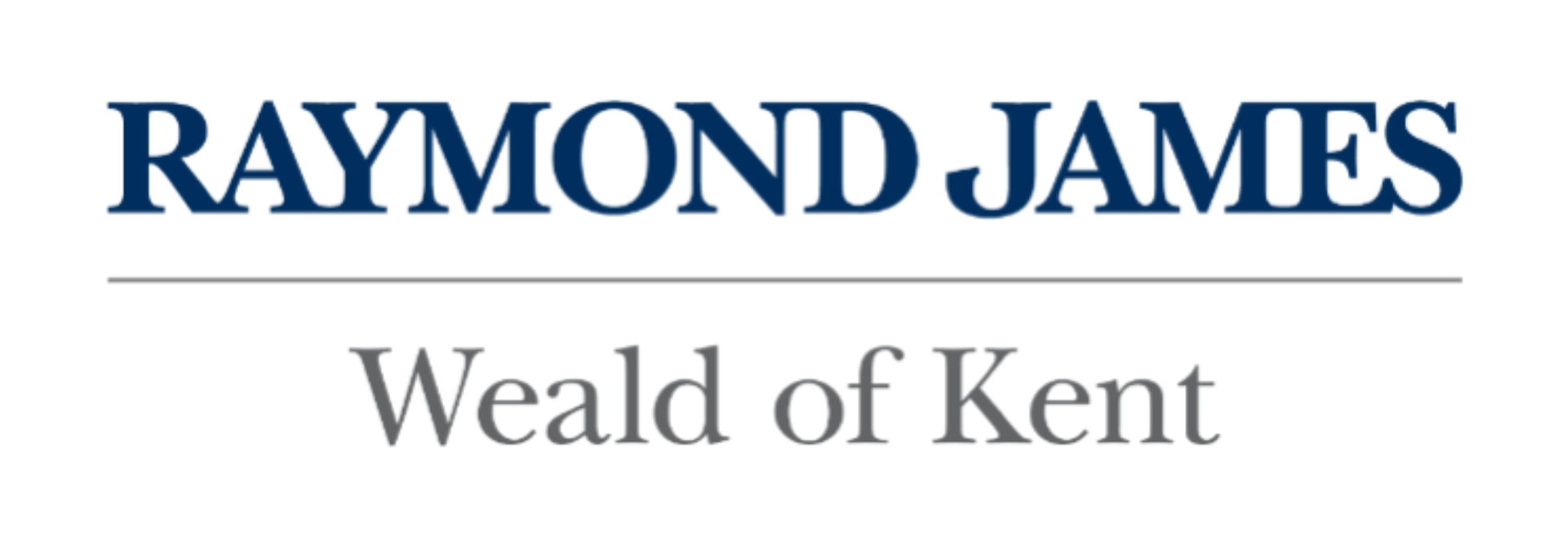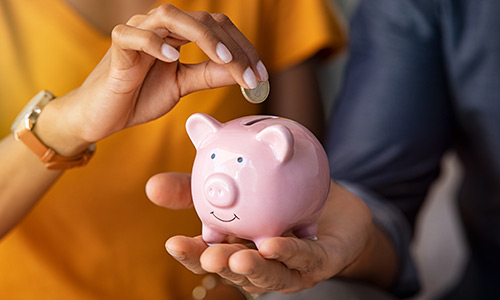It’s estimated that 80% of the 12.5 million ISAs that have been opened are cash ISAs, and there’s a very good reason why they’re so popular: with a cash ISA, you don’t pay tax on the interest you earn. This makes cash ISAs an attractive option for anyone who normally pays tax on their savings, and it’s one of the main reasons why they’re the best way for most people to save money. And although the new Personal Savings Allowance (PSA) means that all basic rate taxpayers will now earn £1,000 interest from all savings without being taxed on it, cash ISAs are still worth considering as the cash saved within them will be tax-free indefinitely.
UK residents aged 16 or over are entitled to open a cash ISA, and from April 2017 the annual limit for all ISAs combined is £20,000 (up from £15,240 the previous year). At the beginning of each tax year (6 April) you’ll receive a new ISA allowance. If you don’t use it, you’ll lose it – your ISA allowance can’t be rolled over to the next tax year. You may invest your full ISA allowance in cash, stocks and shares, innovative finance or a combination of any of the different types of ISA available. You can also switch your ISAs to take advantage of higher interest rates.
Determining whether or not a cash ISA is right for you depends largely on the amount of cash you have to invest. If your total savings are less than the total cash ISA allowance, the new PSA means that there’s likely to be no tax benefit to putting your money in an ISA compared to a normal savings account. If you have more savings than the cash ISA allowance, high interest current accounts are likely to be the best place for your money as, purely on interest, they’re far superior to cash ISAs. However, if interest rates increase (and the PSA doesn’t cover all your interest) you could lose out in the short term. If you have significant savings, putting/keeping some money in a cash ISA is a good idea, as it will protect you from future tax liabilities should interest rates rise.

